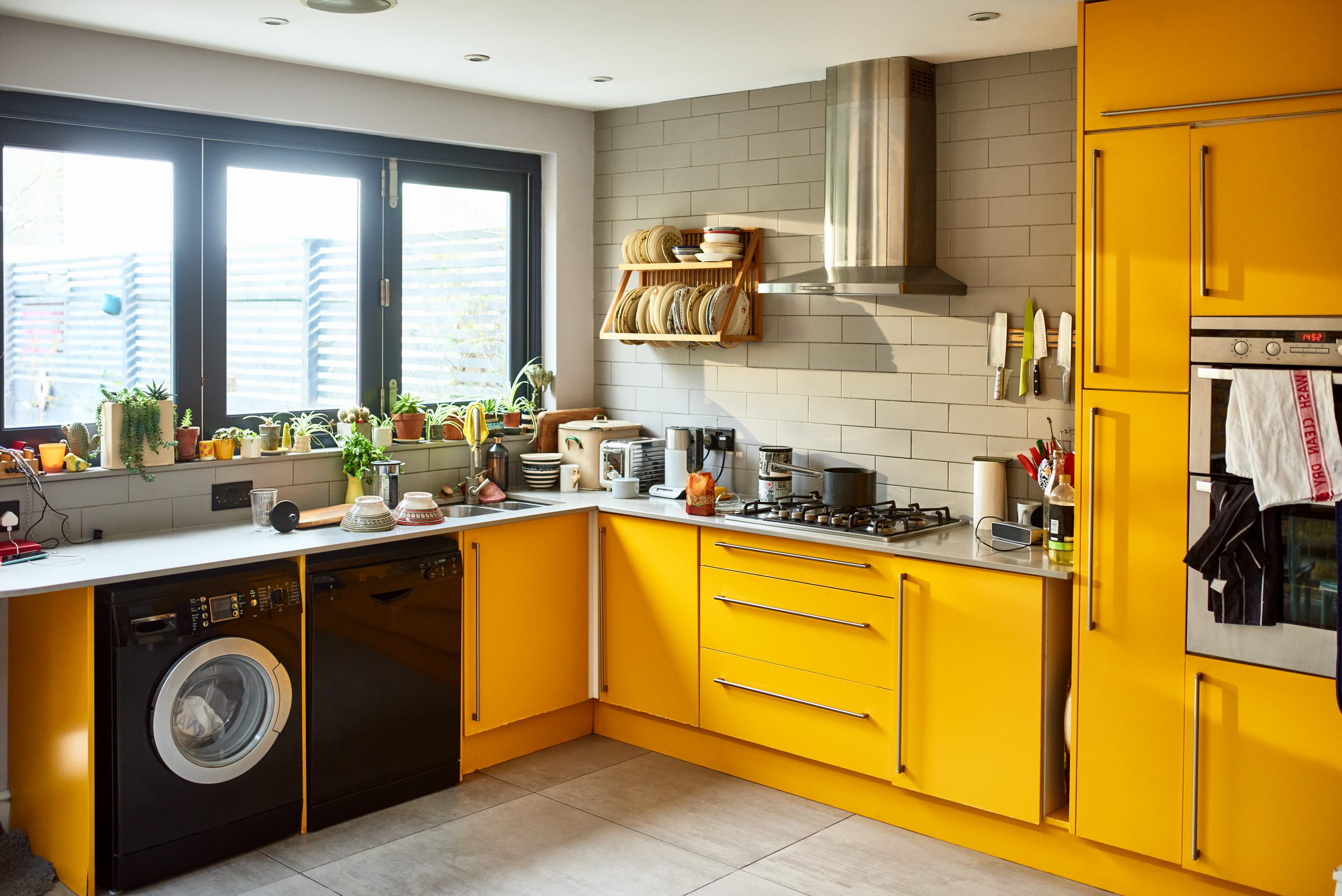
When you’ve attended an open house, you’ve probably opened and closed kitchen cupboard doors and drawers to ensure they’re in good order, or you’ve watched someone else do it.
It’s a smart practise to check if the kitchen has suffered water damage that causes doors and drawers to expand, making them sticky to open.
Some buyers go a step further, opening the dishwasher to inspect its condition. Given that plumbed-in appliances come with the property and can cost more than $1,000 to replace, this level of diligence is understandable.
As a seller, you don’t want to go into a negotiation with your potential buyer about the state of your property, including its dishwasher. Chances are, they’ll demand you replace it as part of any deal.
To avoid such an outcome, we’ve outlined exactly what you should do to ensure your dishwasher is pristine during a sales campaign.
Residue build-up
If you don’t have a diligent policy of rinsing plates before putting them in your dishwasher, food particles will eventually clog the drain filter, drain hose and spray arm. Mould accumulates, and the smell can be unpleasant.
Grime-busters
You can use a commercial product and run it through the dishwasher. However, that doesn’t rid the machine of all the food particles. You’ll need white vinegar in a spray bottle, baking soda and some elbow grease.
Everything out
Remove the racks and spray arm so the dishwasher is empty. Spray each item with white vinegar. Once dry, wash them a second time in hot water and soap, scrubbing away residual mould.
Get scrubbing
Wipe down the internal walls using a microfiber cloth or brush with hot soapy water. Don’t use anything abrasive on the stainless steel. Make sure you get all the grime and soap scum. By the time you’ve finished, the interior should be gleaming.
Drain gain
A thorough cleaning of the drain will prevent a build-up of odours and reduce the risk of the dishwasher malfunctioning. A sponge soaked in vinegar or hot soapy water should be sufficient for this task.
Worst for last
The filters and drainpipe are usually the worst items to clean. Dunk them in a sink or bucket with soapy, boiling water. Scrub them with a brush to eradicate grease and food. If you’re unhappy with the result, spray them with vinegar and wipe off residual detritus.
Final step
Run the dishwasher through two cycles. Put white vinegar in a bowl on the top rack for the first one. The second time around, sprinkle baking soda on the base. That should be the perfect finishing touch.
